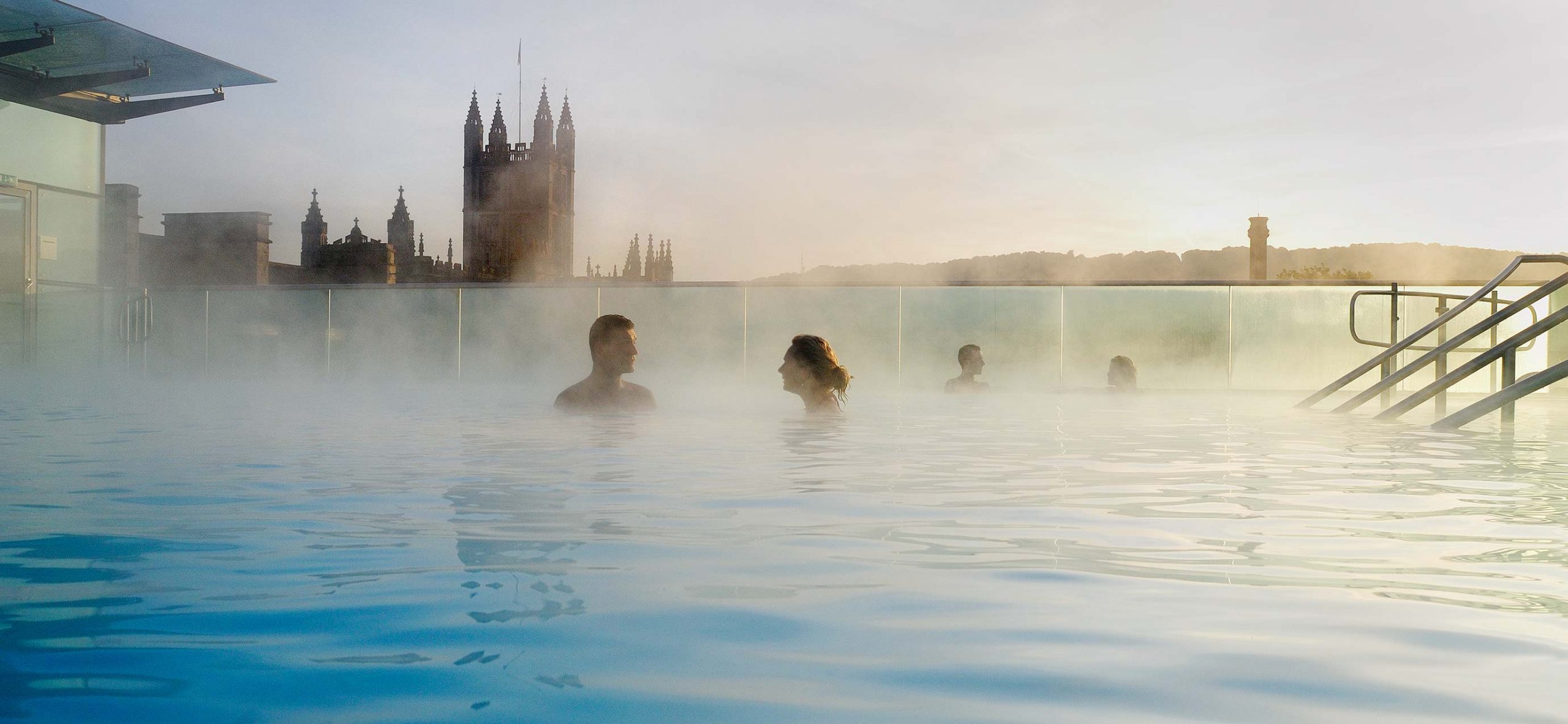
Services
The term ‘spa heat experiences’ can mean different things and the list of possible heat experiences is almost endless.
There are several design consultants that can be involved in the design of heat experiences:
One of the first things that one would normally consider are the published Regulations, Standards and Guidelines that should govern how systems are designed; however, there are few guidelines and no standards in the UK prepared specifically for thermal experience cabins.
There are, however, applicable standards and guidelines that should be taken into consideration and we take care of that for you.
There are many individual design elements that need to be addressed in order to provide successful heat experiences for the user.
The key criteria to be addressed include:
Sauna – probably the best-known heat experience – or thermal cabin – and there are many many types of sauna e.g. a Finnish sauna, a solar sauna, a Banya sauna, a herbal sauna, a Kelo sauna, a log sauna, a bio sauna, a Himalayan sauna, a juniper sauna, a Tyrolean stone sauna, a hay sauna, an infra-red sauna to name but a few. The two common factors for all saunas is dry heat, with temperatures that can vary from 60°C to over 100°C and the use of timber inside the cabins.
Infrared Sauna – uses infrared rays that penetrate the skin with a dry heat causing the body to sweat. Infrared saunas don’t require high temperatures to trigger a response from the body, instead, infrared rays penetrate the body and warms you from the inside out.
Bio-sauna – a gentle variant of the Finnish sauna with a lower room temperature of 50–60°C and higher humidity level (60–70%), allowing the heat to penetrate your body more deeply and allowing you to stay in longer.
Steam Rooms – probably the next best known heat experience is the steam room, and again there are many variations possible here. Steam rooms offer the user a wet heat and is associated to being beneficial to the respiratory system.
Hammams – the term Hammam (or Turkish bath) means different things to different people, but is often a dry, warm room, with no steam but lots of splashing water. A popular feature for a high- end spa, the hammam gives the user a variety of experiences from relaxation to fully body scrubs.
Rasul – a traditional Arabian cleansing ritual using mud, steam and heat to cleanse and relax the user. Typically a rasul experience involves a body scrub and mud mask application which requires the user to sit in a steam room and then wash off the clay using cold overhead rain showers or kneipp hoses.
Tepidarium – a mild form of a sauna, the heat (around 60°C) and humidity levels are not very high and offers a much more pleasant and relaxing in comparison. Incorporating heated lounge chairs and beds, the tepidarium allows users to relax, meditate or even have a treatment.
Laconium – a dry form of sauna (15-20% humidity) where the temperature is around 55°C where the temperature is considerably higher than in a tepidarium. A laconium is a good alternative for anyone who finds a traditional sauna too hot.
Frigidarium – a small, deep, freezing cold bath that is sometimes topped up with snow to keep temperatures as low as possible. Often used after a caldarium or tepidarium, it is designed to be used at the end of a spa day, to liven things up after hours of relaxation.
Kneipp Hose – a Kneipp hose is a large diameter rubber hose which is attached to a cold water tap, used for hosing the user down with cold water after leaving a sauna.
Ice Rooms – luxury spas often provide their users with both hot and cold heat experiences. These can be anything from an ice fountain (a chute which delivers ice into a bowl) to a fully sealed room with ice on the walls, ceiling and floors. They’re also sometimes referred to as snow rooms and normally have lighter, fluffier snow you can pick up.
There are few guidelines and no standards in the UK prepared specifically for thermal experience cabins. There are however applicable standards and guidelines that should be taken into consideration as follows: